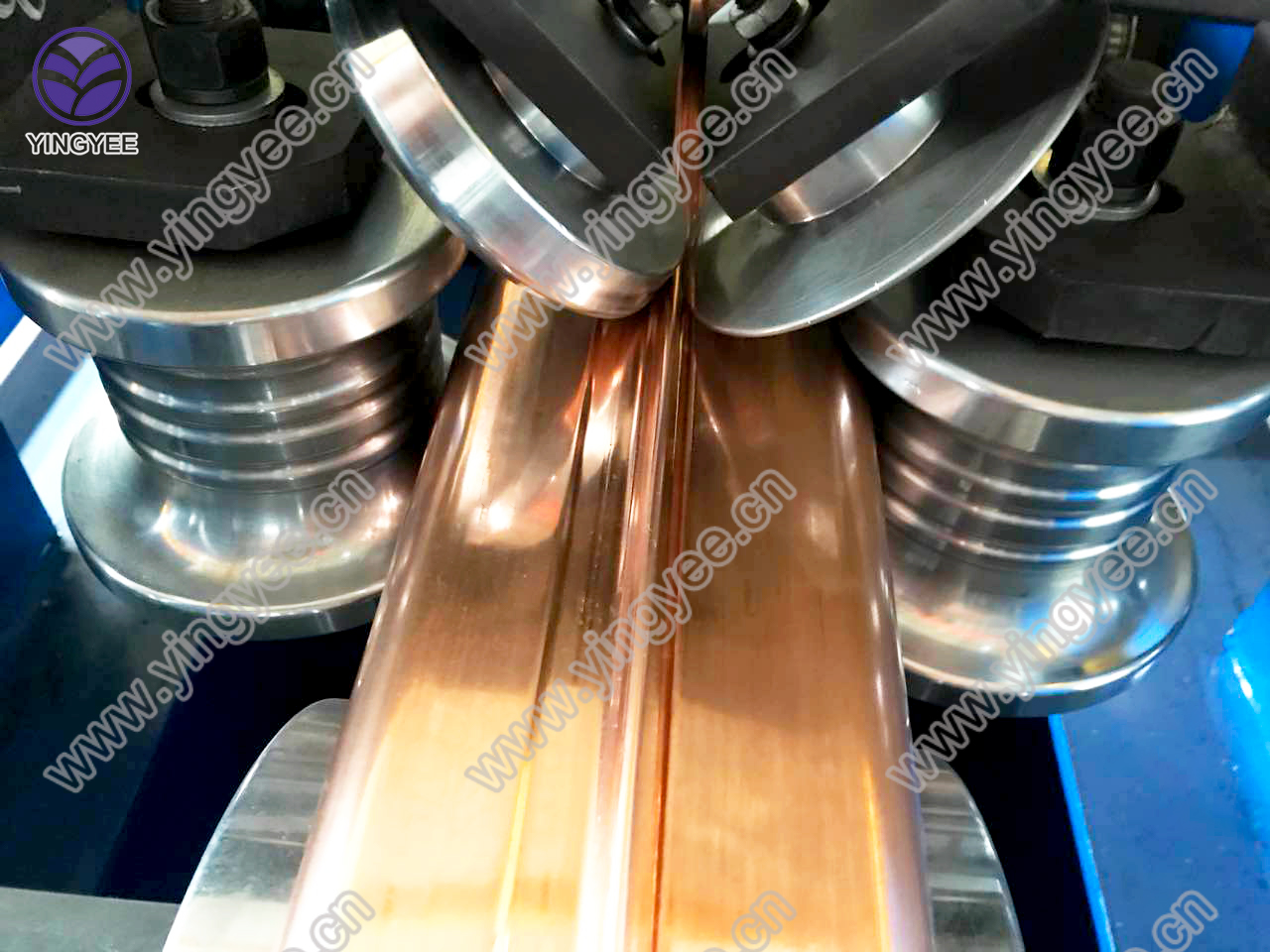
Understanding PPGI Steel Coil Prices Factors and Trends
PPGI, or Pre-Painted Galvanized Iron, is a popular choice in the construction and manufacturing industries due to its aesthetic appeal, durability, and corrosion resistance. The price of PPGI steel coils fluctuates based on various factors such as raw material costs, market demand, geographical influences, and regulatory changes. Understanding these factors can help businesses make informed purchasing decisions and forecast future trends.
Raw Material Costs
The primary component of PPGI is galvanized steel, which is coated with a layer of paint to enhance its resistance to rust and corrosion. The price of steel is heavily influenced by the cost of raw materials, such as iron ore and coal. Global market dynamics, including supply disruptions and changes in production rates from major steel-producing countries, can lead to price volatility. For instance, if there’s a spike in production in China, the world’s largest steel producer, it can lead to lower prices due to increased supply. Conversely, supply chain disruptions caused by geopolitical tensions or natural disasters can raise costs unexpectedly.
Demand and Supply Dynamics
The demand for PPGI is closely tied to several sectors, particularly construction, manufacturing, and automotive industries. During economic upturns, demand for new construction projects typically increases, driving up PPGI prices. Conversely, during economic slowdowns or recessions, demand may decrease, leading to price drops. Seasonal changes also play a role; for example, demand may rise in warmer months when construction activities ramp up. As businesses and consumers react to these economic signals, the supply and demand relationship directly impacts pricing.
Geographical Influences
Regional factors significantly affect PPGI prices. For instance, countries with robust construction and manufacturing sectors, like the United States and China, typically see higher demand for PPGI, affecting its price. Additionally, transportation costs can influence the final price of PPGI. For example, regions that are far from production facilities may incur higher shipping costs, resulting in a premium on the product. Import and export tariffs imposed by governments can also add to the cost, making it crucial for businesses to remain aware of international trade agreements and policies that may impact steel prices.

Technological Advancements
Technological advancements in steel production have increased efficiency and reduced the costs of manufacturing PPGI. Innovations such as automation and improved coating processes can significantly decrease production costs, which may lead to more competitive pricing in the market. However, companies that have not adopted newer technologies may struggle to keep up with price competition, ultimately impacting overall market dynamics.
Regulatory Changes
Environmental regulations can also influence PPGI prices. Stricter emissions standards and sustainability initiatives can lead to increased production costs for manufacturers, as they may need to invest in cleaner technologies or pay for carbon credits. These additional costs are often passed on to consumers in the form of higher prices. Therefore, companies must keep abreast of regulatory changes and consider their potential impacts on the pricing of PPGI and other steel products.
Future Trends
As the world moves towards more sustainable building practices, the demand for innovative, eco-friendly materials is on the rise. This trend may shift the focus of PPGI production towards more sustainable practices, such as using recycled materials or reducing carbon footprints in manufacturing processes. Businesses looking to invest in PPGI should monitor these developments closely, as they may affect future prices and availability.
In conclusion, the price of PPGI steel coils is influenced by various interrelated factors, including raw material costs, demand and supply dynamics, geographical influences, technological advancements, and regulatory changes. By understanding these elements, stakeholders in the industry can better navigate the complexities of the market and make informed decisions that can impact their bottom line. As industries evolve and innovate, staying aware of trends and potential disruptions will be key to success in the PPGI market.